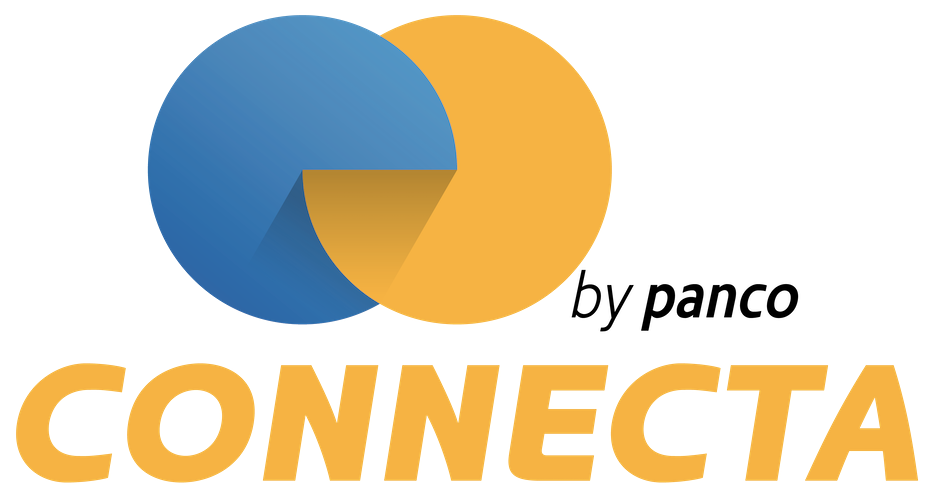Apr 13, 2024

America’s drug shortage crisis is intricately linked to the complexities within the pharmaceutical supply chain. While the intuitive solution to this crisis might seem to be a straightforward increase in domestic manufacturing, Allen Jacques from Kinaxis, a leader in supply chain management platforms, has provided insight into why this approach might not be the silver bullet many hope for.
According to Jacques, most shortages occur with generic drugs, where profit margins are thinner than patent-protected medications. This tight margin often results in lower investments in manufacturing operations, leading to disruptions in the supply chain. Additionally, some companies prioritise the production of patent-protected drugs over generics, exacerbating shortages in critical medications.
READ: Impact of war looms over Ukraine’s cargo companies
“America’s drug shortage crisis is deeply entangled with the pharmaceutical supply chain’s complexities,” Jacques explained.
Additionally, some companies prioritise the production of patent-protected drugs over generics, exacerbating shortages in critical medications.
“It’s worth noting that while shortages for high-margin patent-protected drugs are relatively rare, exceptions like Wegovy and Zepbound exist, presenting unique challenges. However, these instances differ from the broader trends observed in the generic drug market. Despite the profitability of patent-protected drugs, supply chain resilience remains critical across all pharmaceutical industry segments”.
Challenges push prices up
Supply chain challenges, such as drug shortages, often increase costs that ultimately impact the average person. When a drug shortage occurs, distributors and other intermediaries may exploit the situation by raising prices significantly, sometimes several times.
“This price gouging not only exacerbates the financial burden on patients and healthcare providers but also creates challenges in managing and holding accountable those involved in the distribution process. Additionally, shortages may necessitate sourcing medications from more distant suppliers, leading to higher transportation costs.
“These increased expenses further strain already stretched healthcare budgets and contribute to the rising cost of healthcare”.
Regardless of whether price increases occur, drug shortages have a direct and profound impact on patients, particularly those in need of medically necessary and life-saving medications.
Jacques said that the unavailability of essential drugs, sometimes with no viable alternatives, leaves patients untreated for curable or treatable diseases.
READ: Dual operations
“This situation compromises patient health and well-being and undermines public trust in the healthcare system. Therefore, our focus should be on addressing these critical shortages to ensure patients have continuous access to the medications they need to maintain their health and quality of life”.
Risk of global disruption
Geopolitical challenges and the risk of global disruption have prompted a reevaluation of dependency within the logistics sector.
While foreign dependency isn’t the dominant issue, localisation of manufacturing operations provides alternative sources, enhancing supply chain resilience. The shift towards re and near-shoring diversifies manufacturing sources and reduces lead times, particularly for critical medications.
Due to cost pressures, Most generics are traditionally shipped by ocean, but re and near-shoring can facilitate faster supply to markets, mitigating the risk of disruptions caused by geopolitical tensions or global events.”
While domestic sourcing can mitigate specific risks, it may come with challenges, including increased costs.
“One approach is to bolster generic pricing to incentivise manufacturers to invest in domestic production. By making generics more attractive for manufacturers, we can encourage the establishment of local manufacturing facilities, reducing reliance on foreign suppliers.
“Additionally, providing tax incentives for manufacturers of generic drugs, both domestic and foreign, can further incentivise domestic production. It’s essential to emphasise that the focus should remain on ensuring the availability of medically necessary life-saving medicines, prioritising patient health and safety above all else”.
However, the challenge is not solely a matter of geography. Regulatory and economic pressures play a significant role, particularly for older, generic manufacturing facilities struggling to comply with stringent regulations.
Jacques mentioned the necessity for strategic foresight and collaboration to create a resilient and transparent supply chain.
“A resilient supply chain is indispensable for overcoming production limitations and ensuring medication availability,” he asserted.
According to Allen, transparency is crucial for enabling stakeholders to identify and address potential disruptions proactively.
“Immediate notification of disruptions and maintaining drug shipment integrity are vital,” Jacques said.
According to Allen Jacques, digital tools offer unprecedented visibility and predictive capabilities, enabling more effective supply chain management.
“Technologies like digital twins and AI can revolutionise how we anticipate and address drug shortages,” Allen concluded.
The post The link between America’s drug shortage crisis and supply chain challenges appeared first on AIR CARGO WEEK.
Go to Source
Author: Anastasiya Simsek




